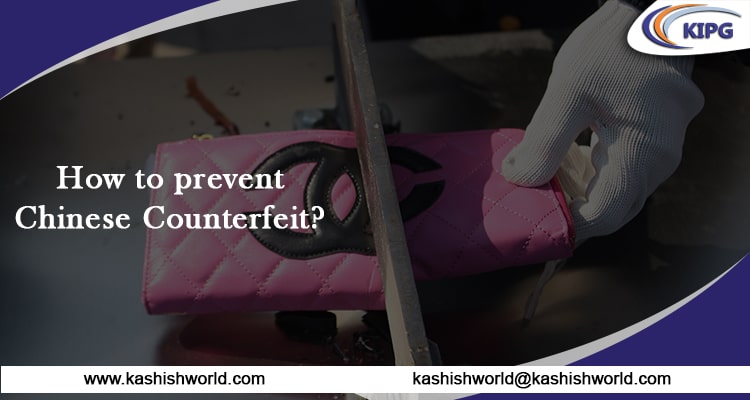
The counterfeit goods industry of luxury brand items and fashion labels is more widespread in China than anywhere else across the globe. While walking down the streets in China, it seems as if every other person is wearing an ostentatiously attractive fashion brand item. The fight against these counterfeit products gets tougher as the “real fakes” are so similar to the real brand items that the differences are nearly impossible to perceive. As a result of which the luxury brands can be seen going through a huge loss in sales, thereby damaging their brand entity and enforcing high costs of Intellectual Property Rights.
As China is estimated to be the hub of 86% of the world’s counterfeit products, it will not be wrong to say, there are many customers who are buying such products deliberately because of their lower rates. It is a matter of fact that yes; counterfeit goods from China do pose a major threat to the entire luxury brand industry across the world, however, with some sort of planning, smart information gathering, and a legal anti-counterfeiting strategy, counterfeiters can be beaten in China.
Although it will be almost impossible to suppress the issue of counterfeiting in China altogether, the following steps can be taken by fashion labels and luxury brands to safeguard their interests and rights effectively.
1- LEGAL REGISTRATION AND PROTECTION:
One step to stop counterfeiting in China is by registering a trademark or similar Intellectual Property. It is important to officially register your intellectual property under the Chinese Law to take legal action against the violators. Without registration, the owner holds no exclusive rights and cannot prevent others from selling the exact same processes or products.
2- MONITORING THE PRODUCTS:
When it comes to Intellectual Property in China, it becomes very important to monitor your goods and services against fake merchandise. The owners must actively search for people who are trying to make money by selling cheaper versions of their products. After discovering such counterfeit items, the owners can initiate legal actions against the counterfeiters by hiring a lawyer to seek a remedy and protection.
3- UNITE WITH THE CHINESE GOVERNMENT AND E-COMMERCE COMPANIES:
As cracking down on counterfeiters can be a difficult task in China, the Chinese government has in recent years worked hard to improve the management, enforcement, and protection of Intellectual Property. The government has set up various special courts in the major areas to deal with the increasingly complex issue of infringement. Also, many online marketplaces like Alibaba and eBay have devised a special task force to deter counterfeit products and their manufacturers using techniques of data analysis as prescribed by law enforcement.
4- IMPLEMENTING ANTI-COUNTERFEITING STRATEGY:
Blockchain technology can be effectively implemented with QR and RFID schemes to stop the issue of counterfeiting in China. Pharmaceutical, alcohol, and food industries in China are already using QR and RFID schemes to not only improve the safety of products but also track them as they move from industries to consumers. Therefore, it is highly advisable for the luxury brand owners as well to tag their products in a similar way to share and receive updates from every person involved in the supply chain.
4- UPDATE YOUR MODEL FREQUENTLY:
A model, if updated every month, becomes hard to copy as the counterfeiters take almost a month to create a replica of the original product and bring it to the market. Therefore, all supply chains and manufacturers are suggested to come out with model updates every month to secure their brand name.
CONCLUSION
Although the issue of counterfeiting can never be vanquished completely, it can still be discouraged using the platforms of law, media, technology, and social networking websites. As the Chinese manufacturers behind the counterfeit products want large volumes of items and are somehow impatient to get it, none of them would ever try to produce a replica of your product if it is not discovered or known about.

